You’ve probably heard a hundred times that you need an emergency fund savings plan. But how much do you actually need to feel safe? $1,000? Three months of expenses? Six?
I learned the hard way on trying to get by without an emergency fund, until the emergency happens and you’re left scrambling to find the funds.
The answer isn’t one-size-fits-all, and if you’re living paycheck to paycheck, even starting an emergency fund can feel out of reach.
In this guide, we’ll break down exactly how much you need, how to calculate the right amount for your lifestyle, and smart ways to build your fund without stressing your budget.
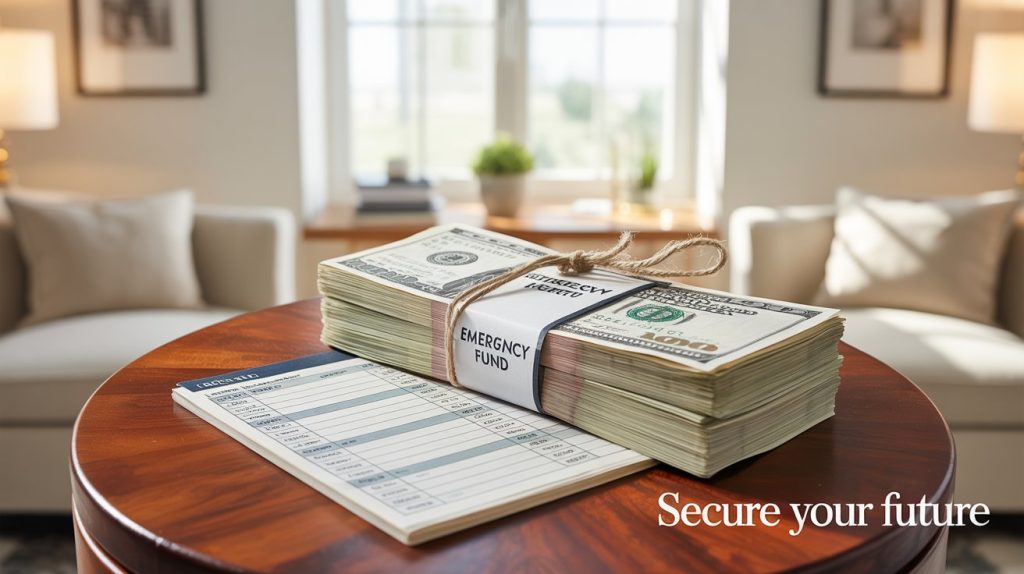
Table of Contents
What Is an Emergency Fund?
Think of it as a cushion that keeps you from falling into debt when something unplanned pops up.
Instead of putting surprise expenses on a credit card or taking out a loan, you’ll have cash ready to go. The purpose is to keep you financially stable during emergencies, so you don’t have to scramble when the worst happens.
This dedicated stash of money should be set aside to cover unexpected expenses like:
- Job loss
- Medical bills
- Emergency travel
- Car or home repairs
It’s not for vacations or impulse buys. It’s your personal safety net.
Why You Need One
Unexpected expenses are the number one reason people fall into debt. An emergency fund:
- Keeps you from relying on credit cards or loans
- Most people resort to high-interest credit cards. This can lead to a cycle of debt that’s hard to escape.
- Gives you peace of mind
- Knowing you have money set aside creates financial confidence.
- Helps you avoid high-interest debt during a crisis
- Emergencies are stressful enough, do yourself a favor and don’t worry about the added financial strain.
Even a small cushion of $500 can make a difference in avoiding financial stress.
How Much Should You Save?
Not everyone needs the same size emergency fund. The amount you should aim for depends on your income stability, family situation, health needs, and risk tolerance.
The general rule:
Save 3 to 6 months worth of living expenses.
But here’s how to personalize it:
| Situation | Target Fund Size |
|---|---|
| Stable job, low expenses | 3 months of essentials |
| Freelance or variable income | 6+ months of expenses |
| Single-income household | 6 months minimum |
| Chronic medical needs | 6–12 months recommended |
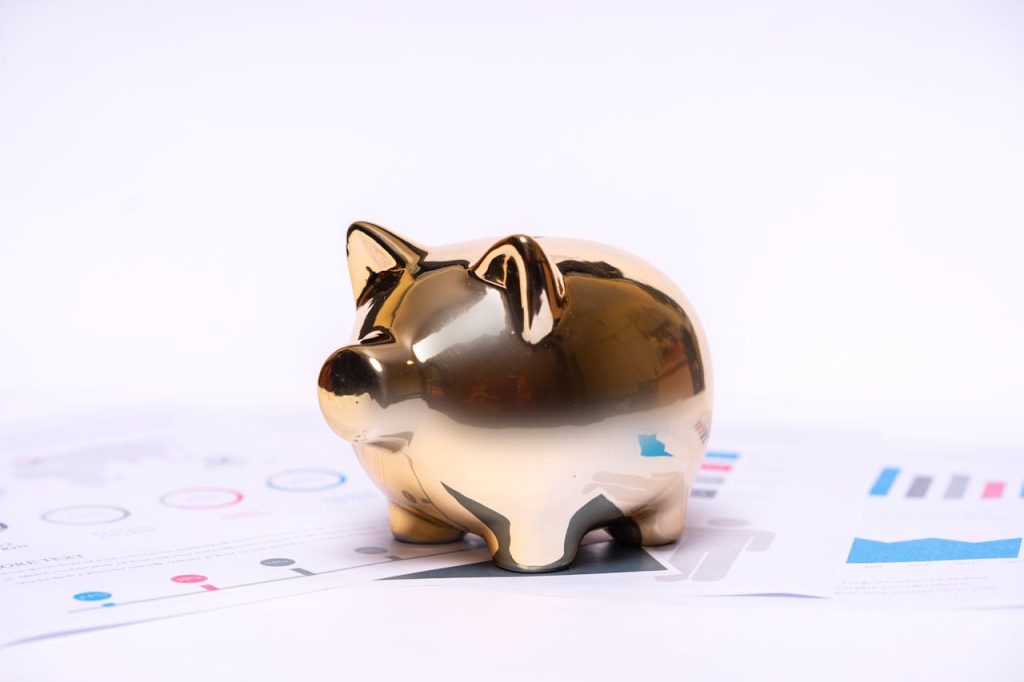
Emergency Fund Calculator Formula
Use this quick formula to figure out your personal goal:
Monthly Essentials × Number of Months = Emergency Fund Goal
How to calculate your essentials:
- Rent or mortgage
- Utilities (electricity, water, internet)
- Groceries
- Transportation (gas, insurance, car payments)
- Minimum debt payments
- Medical insurance and prescriptions
- Childcare (if applicable)
Example:
If your essentials total $2,500/month and you want to save 4 months’ worth:
$2,500 × 4 = $10,000 emergency fund goal
It’s okay to start with a smaller target like $1,000 and build up over time.
Where to Keep Your Emergency Fund
You want your money accessible in an emergency, but not too accessible that you dip into it for non-emergencies.
- High-yield savings account (recommended)
- These accounts earn interest while keeping your money liquid. Look for an online bank with no monthly fees and a solid APY (over 4% is great right now).
- Money market account
- These work like savings accounts but may come with check-writing privileges. They’re useful if you want a bit more flexibility.
- Online bank with no fees
- Online banks tend to offer better interest rates than traditional ones and can help you keep your emergency fund separate from your day-to-day spending.
Avoid:
- Checking account: Too tempting to spend
- Cash at home: Risk of loss or theft
- Investments like stocks: Market volatility could reduce your balance just when you need it most. This only makes sense if you borrow against your stocks as a loan. (more on this in a separate article)
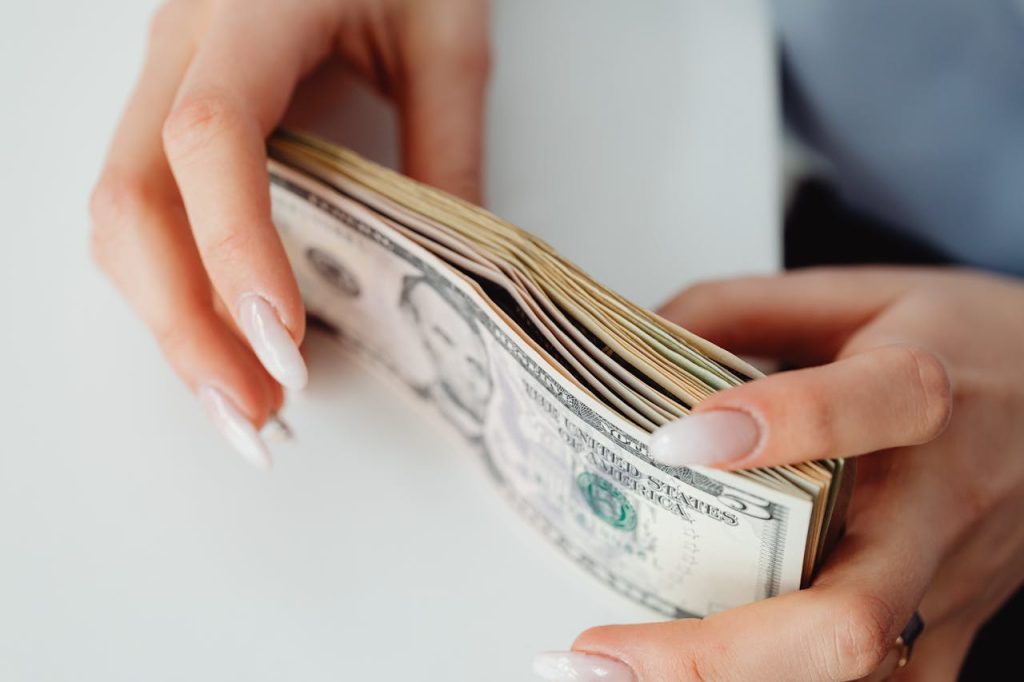
How to Build One From $0
You don’t need thousands to start. The most important step is to start small and stay consistent.
- Open a separate account
- Out of sight, out of mind. Keeping your emergency fund separate from your main checking account reduces the urge to dip into it.
- Automate transfers
- Even $25 per paycheck adds up. Set an automatic transfer to your savings account so it becomes part of your routine.
- Cut one expense
- Maybe it’s a streaming service, extra coffee runs, or takeout. Redirect what you save into your emergency fund instead.
- Sell unused stuff
- Old electronics, clothes, or furniture can bring in quick cash. Use platforms like Facebook Marketplace, Mercari, or OfferUp and deposit your earnings directly into your fund.
Fast-Track Tips to Grow It
Time is money and the goal is to grow your emergency fund relatively quick if possible.
- Use your tax refund or bonus
- Instead of spending your tax refund or work bonus, put a chunk of it (or all of it) toward your emergency fund. It’s one of the fastest ways to jumpstart your savings.
- Take on a weekend side hustle
- Freelance gigs, food delivery, babysitting, or selling digital products can bring in extra income quickly. Use those earnings exclusively for your emergency stash.
- Join a no-spend challenge
- For 7, 14, or 30 days, commit to spending only on needs. All the money you would have spent on wants? Drop it into your emergency fund.
- Round up purchases
- Apps like Acorns or your bank’s round-up feature can funnel spare change from daily purchases into your emergency fund automatically.
- Cancel unused subscriptions
- Review your monthly bills. Cut subscriptions you rarely use and divert that money into your fund. It’s a low-effort win.
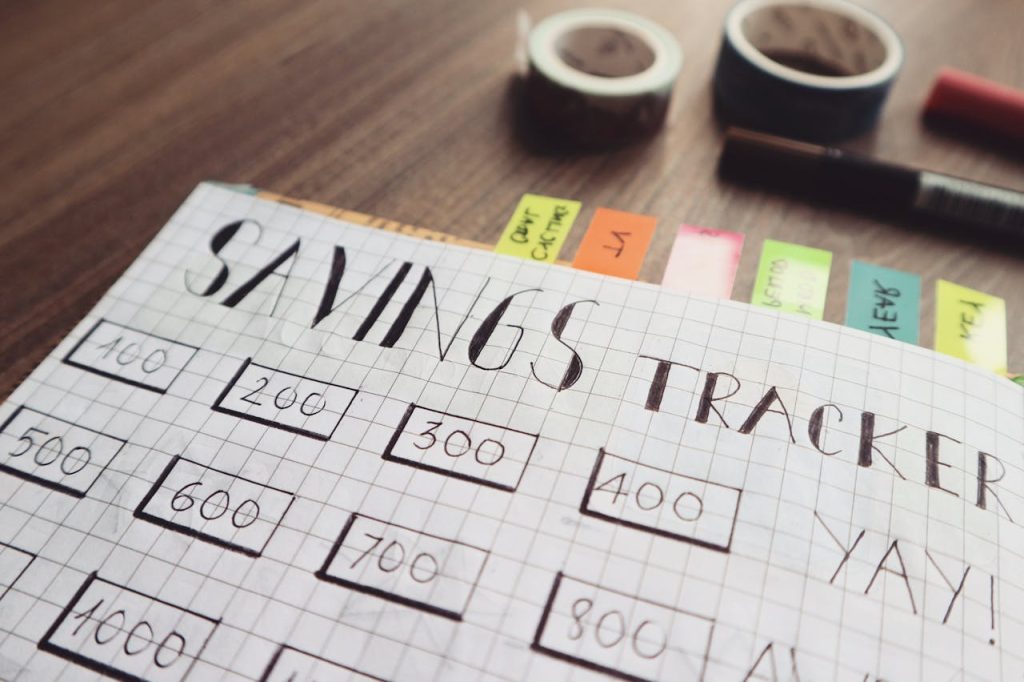
Common Mistakes to Avoid
- Using it for non-emergencies
- That “emergency” sale at your favorite store doesn’t count. Be strict about what qualifies as an emergency.
- Storing it in cash at home
- Aside from being easy to spend, it’s not earning interest and could be lost or stolen.
- Neglecting to replenish it after use
- If you use part of your fund, make a plan to refill it. Otherwise, you’re left vulnerable for the next emergency.
- Saving too little (or too much)
- Too little puts you at risk. But saving too much could mean missed investment opportunities elsewhere. Find your sweet spot, then allocate excess savings into retirement, sinking funds, or investing.
When to Use (and Not Use) It
Use your emergency fund for:
- Unexpected medical bills not covered by insurance
- Job loss when you need to pay essentials
- Emergency travel, like flying home for a family funeral
- Urgent car/home repairs needed for safety or functionality
Do not use it for:
- Vacations or weddings
- Shopping, gifts, or holidays
- Routine bills you forgot to budget for
- Paying off credit card debt (unless it’s a true emergency scenario)
Think of your emergency fund like a fire extinguisher, you should only break the glass when its absolutely necessary.
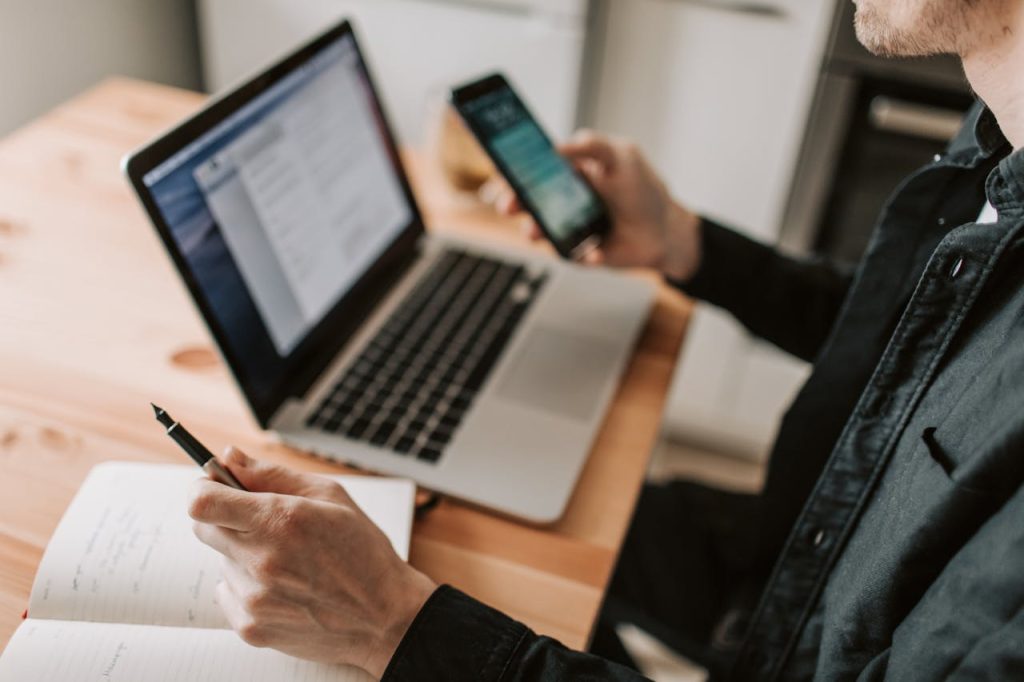
Final Thoughts
You don’t need to hit your emergency fund goal all at once. Start with a mini goal, like $500 or $1,000, and build from there. Every dollar saved is a dollar of peace of mind.
Having an emergency fund gives you options. It protects your goals and your mental health. No matter where you’re starting from, the key is to just get started.
👉 Follow me on Pinterest for more tips on wealth, money and business!
Looking to Improve Your Money Skills? Learn More
- The Best Beginner Budgeting Apps to Try This Year
- Roth IRA Stock Investing Tips to Build Wealth
- How to Start the Half Payment Budget Method
- 12 Financial Goals to Build Wealth in Your 20s
- 12 Financial Goals to Build Wealth in Your 30s
- How to Lower Your Life Insurance Premiums
- 50 Frugal Living Tips to Save Money Daily and Live Well on Less
My Favorite Tools
To help you reach your financial goals, below are resources you can use to get started. They are free to sign up and will support your money goals.


Leave a Reply